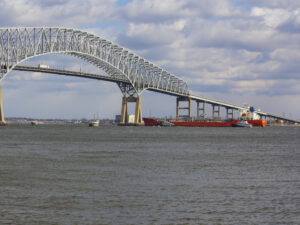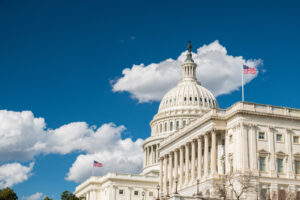John Townsend, a spokesman for American Automobile Association (AAA) mid-Atlantic recently declared Indian Head Highway in Prince George County (Maryland Route 210) as one of the most dangerous stretches of road in the Washington D.C. area. He continued by saying that it’s straight and fairly level construction leads to unrestrained speeding with not nearly enough law enforcement on the highway. Even with local police having issued more than 3,000 traffic citations so far in 2017—many for speeding—there have still been six people killed here, the most recent death occurring in August. Since 2007, a total of 68 lives were lost along the roadway according the data from the Maryland Highway Safety Office. This includes a national news-making event in 2008 when an illegal drag race racked up eight deaths, as one of the competing vehicles careened into a crowd of spectators near Accokeek, Maryland.
In an effort to quell the danger, local residents have come together and advocated for safety improvements to this 20-mile long, four- to six-lane divided highway that leads several suburban communities all the way in to South Capitol Street in Washington. Many cite high speeds, reckless driving and overpopulation in the area as reasons for the risky commute. The Maryland Department of Transportation (MDOT) has conducted a multimodal transportation study to assess the traffic congestion along Maryland Route 210 while improving the intersections from I-95/I-495 to Maryland Route 228—yet no actual work has been done to date.
Reverend Robert Screen, the chaplain at Fort Washington Medical Center—a local hospital that sees many wreck victims come through its doors—has made it his mission to raise awareness of this unsafe situation. “There’s going to have to be more awareness by the public. I don’t think a lot of people understand just how dangerous this highway is,” commented Screen. He has contacted the local and state police as well as the governor of Maryland with his concerns, and ultimately blames the danger on “little to no regard for speed limits or driving laws.”
Last year, I wrote a blog post about dangerous intersections in the D.C. area in regards to pedestrian deaths—not surprisingly, similar claims of excessive speeds, distracted driving and a general disregard for laws were believed to be the culprit behind so many deadly accidents. It is not a positive outlook for our communities if we continue to foster a culture where roadway users refuse to be alert, respectful of others and obey traffic laws. Awareness and education is important, but if individuals are not held accountable for their actions, then such brazen behavior will most likely continue.
@thumbnail.jpg)
Both an Emory School of Law graduate and MBA graduate of Goizueta Business School at Emory, Chris Nace focuses his practice on areas of medical malpractice, drug and product liability, motor vehicle accidents, wrongful death, employment discrimination and other negligence and personal injury matters.










Comments for this article are closed.